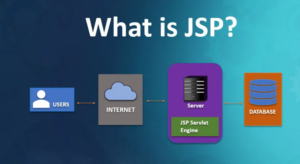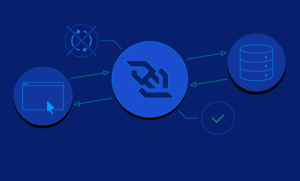Concurrency and parallelism are important concepts in Python when it comes to optimizing performance and utilizing multiple processing resources effectively. Let’s take a deep dive into concurrency and parallelism in Python:
- Concurrency:
Concurrency is the ability to execute multiple tasks or functions seemingly at the same time. It allows for efficient utilization of CPU resources by switching between tasks during their execution. Python provides several mechanisms for achieving concurrency:
- Threads: Threads are lightweight, independently scheduled execution units within a single process. The
threadingmodule in Python allows you to create and manage threads. However, due to Python’s Global Interpreter Lock (GIL), threads may not fully exploit multiple CPU cores for CPU-bound tasks. - Multiprocessing: The
multiprocessingmodule in Python enables the execution of multiple processes concurrently, leveraging multiple CPU cores. Each process runs in its own Python interpreter, allowing true parallelism for CPU-bound tasks. Inter-process communication can be achieved using pipes, queues, or shared memory. - Asynchronous Programming: Asynchronous programming, often using the
asynciomodule introduced in Python 3.4, allows you to write concurrent code using coroutines and event loops. It is particularly useful for I/O-bound tasks, such as network requests or reading/writing files. Asynchronous programming allows efficient utilization of CPU resources by freeing the execution thread while waiting for I/O operations.
- Parallelism:
Parallelism is the ability to execute multiple tasks simultaneously across multiple CPU cores or machines. Python provides various mechanisms for achieving parallelism:
- Multiprocessing: As mentioned earlier, the
multiprocessingmodule allows for true parallelism by executing multiple processes concurrently, leveraging multiple CPU cores. - Parallel Computing Libraries: Python offers powerful libraries for parallel computing, such as
joblib,concurrent.futures, anddask. These libraries enable parallel execution of tasks, such as applying a function to multiple data elements or running multiple independent computations concurrently. - Cluster Computing: Python libraries like
mpi4pyandpySparkprovide interfaces for cluster computing. They allow distributing computations across multiple machines in a cluster, enabling massive parallelism for high-performance computing tasks.
- GIL (Global Interpreter Lock):
The GIL is a mechanism in Python that ensures thread safety by allowing only one thread to execute Python bytecodes at a time within a single interpreter process. This means that in CPython (the reference implementation of Python), multiple threads cannot execute Python code simultaneously and may not fully exploit multiple CPU cores for CPU-bound tasks. However, threads can still provide benefits in scenarios with I/O-bound tasks or when using external libraries that release the GIL. - Choosing Between Concurrency and Parallelism:
The choice between concurrency and parallelism depends on the nature of your tasks and the available resources. Use concurrency techniques (threads or asynchronous programming) for I/O-bound tasks, where tasks spend most of their time waiting for I/O operations. Use parallelism techniques (multiprocessing or parallel computing libraries) for CPU-bound tasks, where tasks can run simultaneously on multiple CPU cores. - Considerations and Trade-offs:
When using concurrency or parallelism techniques in Python, consider the following:
- Overhead: Concurrency and parallelism introduce overhead, such as inter-thread or inter-process communication. Assess the trade-off between the potential performance gains and the added complexity.
- Synchronization: Proper synchronization mechanisms (locks, semaphores, etc.) must be used when accessing shared resources in concurrent or parallel code to avoid race conditions.
- Scalability: Ensure that the chosen approach scales well with the number of tasks or available resources. Some techniques may have limitations in terms of scalability or memory usage.
- Task Granularity: The granularity of tasks impacts performance. Too fine-grained tasks can incur significant overhead, while too coarse-grained tasks may not fully utilize available resources.
Understanding concurrency and parallelism in Python allows you to design and implement efficient and responsive applications that leverage the available processing resources effectively. Consider the specific requirements of your tasks and the available hardware to choose the appropriate concurrency or parallelism approach.




